Best Camera for Wildlife Photography 2021 (under 1 Lakh)
Do you want to buy the best DSLR camera for wildlife photography under 100000? If yes, then you will be overwhelmed by the list of cameras that we created for you. This list contains all the best DSLR cameras for wildlife photography under 100000 that you can buy in 2021.
Before we move into the list of the best cameras, We as a wildlife photographer need to know things to consider before buying a camera for wildlife photography.
HOW TO CHOOSE DSLR FOR WILDLIFE PHOTOGRAPHY:
There are some important factors that you should know before buying a DSLR for wildlife photography.
Buying a wildlife photography DSLR that can take the most excellent shots of everything in the outdoors is no easy task. It requires doing a bit of research before picking a camera that has all the important features.
We have specified some important features are below.
BIG SENSOR SIZE
The sensor size ultimately determines image quality. A camera might have the most praiseworthy lens on the market. But the sensor size can mean the difference between a punchy photo and an average one that looks like it was taken by a child.
In a field like wildlife photography, the sensor size is more important than the lenses. This is simply due to the fact that it allows photographing the animal from quite a distance away and without sacrificing quality.
SPEEDY AND EFFICIENT AUTOFOCUS
Wildlife photography is an exotic niche. Its subjects are rarely still because of that we need a DSLR with very fast and insanely accurate autofocus features. It’s helped us to get a clear and focused image of an object. Evaluating the autofocus system before a purchase is thus a priority. A system with more AF points than the competition used to be able to deliver more performance, but that is no longer the case these days, due to technological advances.
Before making a purchase of a DSLR for Wildlife Photography, you should check two features.
- Face detection.
- Advanced autofocus tracking.
These features can help you to deliver an incredible shot. The quality of camera lenses can also affect both the availability and performance of the AF points and that bears taking into consideration.
FRAMES PER SECOND
Basically, higher FPS increases the overall quality of your action shots by increasing the chances that you capture that split-second where the light, expression, and pose are perfect. However, even 5 FPS is enough for casual sports and wildlife photographers.
A camera with a rapid burst rate is a great advantage if you’re looking to capture action and behavior.
ISO RANGE
The wild animals are most active at night or during low light conditions. They tend to shun the heat of the sun and stay hidden until it has gone over the horizon. So to overcome the low light conditions we have to increase the iso range.
Such a camera should also feature an expansive ISO range, with this improving low-light performance and permitting the shooting of relatively clear pictures even in conditions of near-total darkness.
Here are My Top 5 Picks for Wildlife Photography Cameras 2021:
-
Canon EOS 7D Mark II
One of the best qualities of the Canon EOS 7D Mark is its 65-point autofocus system. which is top-notch and flexible, making it quite easy to focus on fast-moving subjects. This might just be the best camera for wildlife photography if you anticipate photographing moving subjects, whether the wildebeest migration, a pair of bear cubs playing, or a sports game. It is excellent for bird photography and will provide crisp, detailed images of birds in flight.
The camera features a 20.2 MP CMOS APS-C sensor. It has an ISO range of 100 to 16,000 and performs well in low light. Its maximum frame rate is high—10 fps—allowing fast continuous shooting. This wildlife camera also produces high-quality video.
Its magnesium alloy body is durable and has excellent weather sealing so it holds up well in difficult weather conditions from rain and humidity to dust. This durability makes the Mark II a fantastic field camera. The 3” LCD is good but is not a touchscreen. Battery life is decent but not the best, so I recommend a battery grip if you’ll be shooting all day.
Overall, the Canon EOS 7D Mark II is among the more affordable on my list; it’s one of the best cameras for wildlife photography that will have you capturing stunning wildlife shots without breaking the bank.
-
Canon EOS RP
One of the most affordable full-frame cameras out there, with snappy focusing too.
In wildlife photography, just as in other disciplines, a full-frame sensor can confer a lot of advantages. The larger sensor area produces a better dynamic range which improves the camera’s performance in low light or challenging high-contrast situations. it also improves the camera’s ability to create images with shallow depth of field that allowing the shooter to make portraits that pop.
-
NIKON D500
The Nikon D500 is a fantastic all-around camera with a 20.9 MP DX-Format CMOS crop-frame sensor.
What’s the difference between a full-frame and a crop-frame sensor? In essence, a full-frame sensor does better in low light and has a shallower depth of field. However, the crop-frame sensor makes the camera more affordable, and it tends to work great for telephoto photography. So, this camera is one of the best wildlife camera options, and it’s more affordable than a comparable full-frame model.
The Nikon D500 does perform well in low light (crop-frame sensor notwithstanding). Its native ISO range is 100 up to 51,200, with the potential to expand to 50 to 1,640,000, and it functions in low light down to -4 EV.
You can shoot continuously at 10 fps, which is fast enough to capture all the action.
The 153-point autofocus system is excellent, locking on quickly and precisely. This Nikon model also comes with a useful 3.2” tilting LCD touchscreen. Its magnesium alloy and carbon fiber body is very durable, and it’s sealed for protection against the elements. Weighing in at 1.9 pounds, this camera feels solid but isn’t huge or unwieldy.
-
NIKON D7200
The Nikon D7200 has a 24.2 MP DX-Format CMOS image sensor and a 51-point autofocus system that is effective even in low light, down to -3 EV.
Like the Nikon D500 listed above, this model has a DX-format sensor, which is smaller than Nikon’s FX-format sensor (as seen in the Nikon D850 that tops this list). The DX sensor has a 1.5x crop factor and allows for a smaller, more compact camera at a lower price point than the larger FX sensor.
The Nikon D7200 has a 6 fps continuous shooting capacity. This isn’t the fastest speed out there, but it should suffice for most wildlife photography. The ISO ranges from 100 to 25,600. There’s also built-in WiFi and Near Field Communication (NFC).
Weighing in at 1.5 pounds, this camera is a good size, not too heavy. The Nikon D7200 also offers great battery life, which is a major plus on long days shooting outside.
This is a superb entry-level DSLR for photographers who demand professional quality at an affordable price. This is the best camera for wildlife photography to buy on a budget.
-
SONY a7 III
The Sony a7 is a mirrorless interchangeable lens camera (MILC), which sets it apart from the DSLRs on this list. I’ll discuss the differences in more detail below.
One major feature of MILCs is that they tend to be lighter and more compact due to the lack of mirrors. The Sony a7 III weighs 1.44 pounds, which makes it one of the lighter options here. If you’re hoping to take your camera on long backpacking trips, you may prefer having less weight to lug around, so a MILC fits the bill perfectly!
This might be your best camera for wildlife photography choice if you demand incredible image stabilization. Its in-built stabilization (SteadyShot) helps keep your images crisp and clear even if the camera shifts as you’re shooting (for example, if you’re walking, in windy conditions, and so on).
The Sony a7 III has an excellent 24.3 MP CMOS sensor. With a standard ISO range of 100 to 51,200, which can be expanded to 50 to 2,048,007. This camera performs very well under low-light conditions and can handle a high ISO setting without generating tons of noise.
This wildlife photography camera offers fast continuous shooting at 10 fps. It also has a great autofocus system with 693 phase-detection autofocus points to ensure that your photos are sharp and focused. Plus, it has a long battery life. The Sony a7 III is a wonderful mirrorless option if you’re looking for the best camera for wildlife photography at a competitive price.
These are my top five DSLR camera for wildlife photography under 1 lack. The Nikon D500 is my personal favorite DSLR camera in this price range. If you have any questions please let me know in the comment below and if you like the blog feel free to share on social media.
Read More: Wildlife Photography tutorials
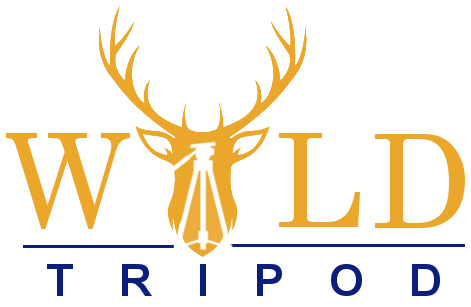
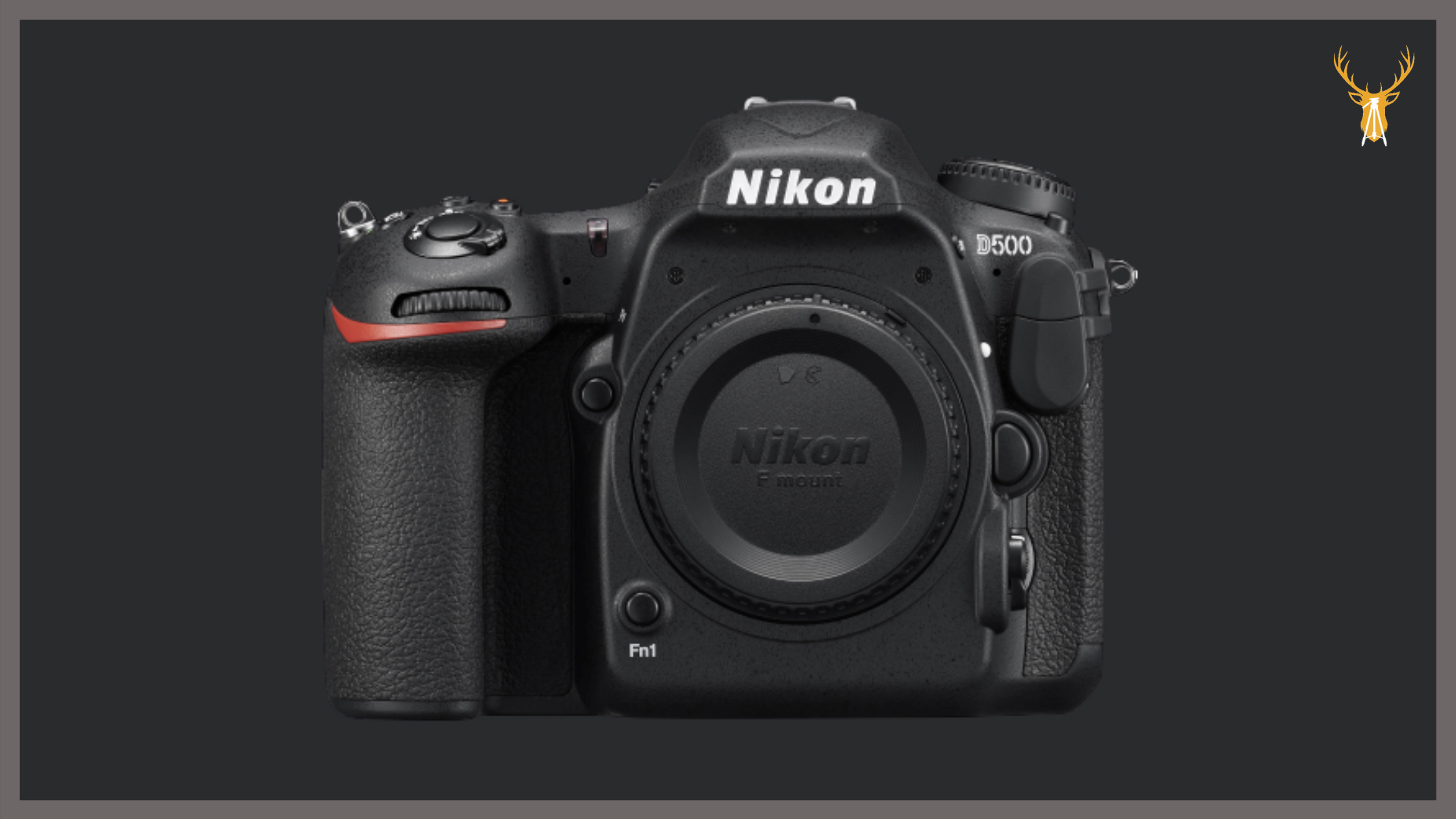
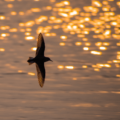
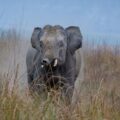
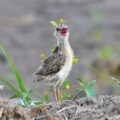
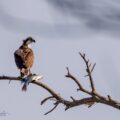
6 Comments
Pingback:Bird in Flight : Complete Guide Step by Step (2021) - Wild Tripod
Pingback:Top 05 Photos of the Week: Local Birdlife - Wild Tripod
Great content, love the way you are explaining each and every product
Pingback:World Elephant Day 2021: Save the species before its too late - Wild Tripod
Best article about wildlife photography camera, great 🙂
Pingback:Low Light Photography: Top 5 Photos of the Week - Wild Tripod